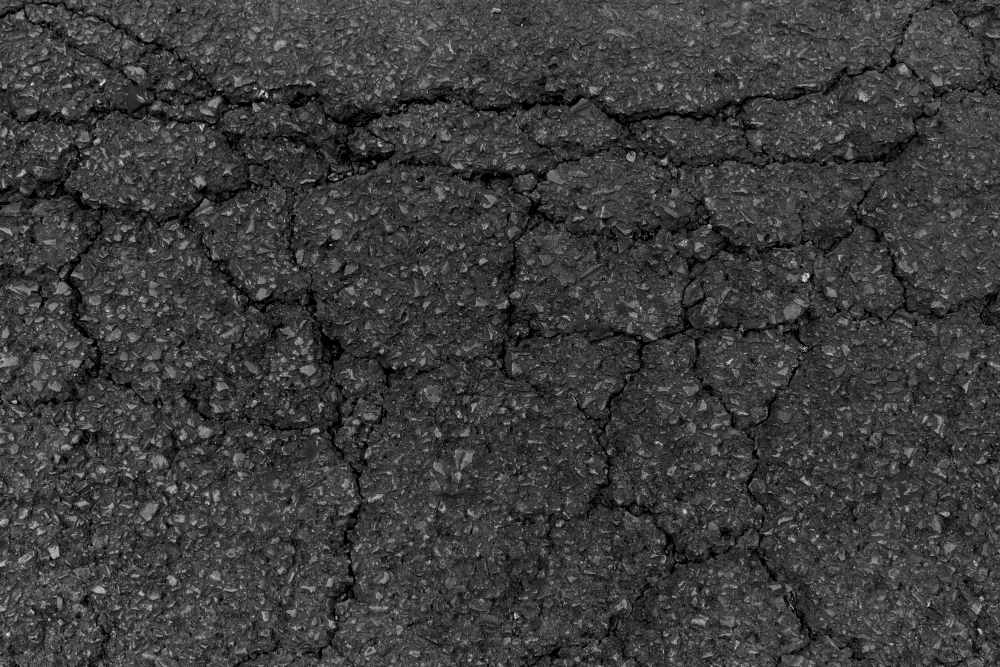If Concrete Is Well Maintained, Yet It Was Damaged—Was the Product at Fault?

When concrete damage appears after winter, it’s natural to search for the cause. And if a contractor claims the concrete was well maintained, it might seem like the ice melt product used is to blame. But the reality is more complicated—and the truth is, no one can see what’s happening beneath the surface during a freeze-thaw cycle.
Even a contractor who poured and maintained the slab may not have complete insight into how the concrete has responded to years of weather exposure, surface wear, or sealing effectiveness. When damage happens, there are usually multiple factors involved, not just one.
Why You Can't Always Trust Surface-Level Conclusions
Concrete is a porous material, even when sealed. While sealants provide a critical barrier to moisture, no seal lasts forever—and no seal is absolute. Environmental factors like:
- Heavy foot or vehicle traffic
- Snow shovel abrasion
- UV exposure
- Chemical runoff or grit accumulation
…all wear down the effectiveness of sealants over time. So, if someone says the concrete was “well maintained,” that might not mean it was recently or properly sealed.
Even a slight breakdown in sealing can allow water to enter the concrete. Once inside, water that freezes and expands begins to break down the surface layer—leading to flaking, scaling, or even deeper cracking. The process may be gradual or may appear rapidly after a particularly harsh winter storm.
Why Product Blame Is Often Misplaced
The moment visible damage appears after using a deicer, people often assume the product caused the issue. However, if water was already in the concrete, the freeze-thaw process was already underway. It’s nearly impossible to know what exactly caused the tipping point—was it the current winter conditions, a seal failure, or old exposure from years past?
Even a high-quality, chloride-free product cannot reverse or halt pre-existing damage. It’s important to remember:
- Products don’t introduce water into the concrete; they melt snow that’s already there.
- If the surface has underlying vulnerabilities, damage can surface after any melt-freeze cycle, regardless of the product used.
- Contractors may be quick to point fingers elsewhere to avoid liability, especially if they were responsible for the initial installation or sealing.
The Role of History—And the Unknown
One of the biggest challenges in assigning blame for concrete damage is the lack of historical context. Unless you know:
- The exact mix and quality of the concrete
- Whether air entrainment was used
- How long the concrete cured
- Whether it was sealed, and how often
- How it was maintained season after season
…then no one—not even a contractor—can say with certainty what caused the damage. You’re looking at the end result of a complex, invisible process.
Conclusion
Concrete deterioration is not always immediate or straightforward. A well-maintained appearance doesn’t guarantee immunity to winter stress, nor does it mean a product was at fault when damage shows up. The reality is that freeze-thaw cycles, seal wear, historical exposure, and material inconsistencies all contribute to surface failure.
Before pointing to a product as the culprit, it’s essential to acknowledge what we don’t know: the full story of the slab’s construction, maintenance, and response to the environment over time. The smarter approach is to focus on prevention—regular sealing, responsible product use, and careful inspection—not blame.
Q1: If my contractor says the concrete was fine, is the product to blame?
Not necessarily. Contractors can’t know what happened to the concrete over time, including seal wear, weathering, or prior issues.
Q2: Can water still get into sealed concrete?
Yes. All seals eventually wear down. Heavy traffic, UV exposure, and seasonal shifts can compromise sealant over time.
Q3: Does an ice melt introduce water into the concrete?
No. Ice melts only dissolve snow and ice that are already present. If the surface is porous or unsealed, water can seep in regardless.
Q4: Why does damage sometimes appear suddenly?
Freeze-thaw cycles build pressure inside the concrete. When cracks reach a threshold, visible damage appears—often during or after winter.
Q5: How can I prevent damage without assigning blame?
Focus on sealing concrete regularly, using chloride-free deicers, and inspecting surfaces before and after each winter season.